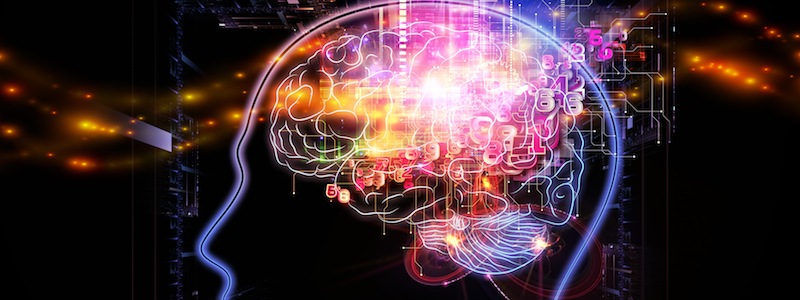In recent years, neuroleadership and neuromarketing have gained traction as more professionals want to leverage knowledge about the brain in their work. Some of these learnings can be used to help leaders and employees adopt and sustain new behaviors during an organization transformation.
Neuromarketing uses brain imaging and diagnostics to understand subconscious reactions to stimuli. This data can be used to help elicit the desired marketing action. Neuroleadership puts neuroscience to use in a less diagnostic way by blending what is known about the brain with our knowledge of positive psychology and organization development. It focuses on actions leaders can take to most effectively engage their employees’ brains.
How Can Neuroleadership Help Employees Embrace Change?
Neuroscience leader Dr. David Rock coined the term “neuroleadership” and created the SCARF model, a simple formula that can be used to help employees embrace change:
- Status – as much say as possible as to what is happening; a “seat at the table”
- Certainty – knowledge about what is changing and what is staying the same
- Autonomy – the right to act independently with as many decision rights as possible
- Relatedness – connection with peers who are experiencing the same change
- Fairness – confidence that actions impacting them are done with justice
In our transformation and journey management approaches, Alignment Leaders® and change partners can deploy processes that follow the SCARF model by offering employees opportunities to co-create and participate in the change. Creating a high level of employee involvement is the best way to check every box in the SCARF model.
Three Brain-Friendly Change Communication Strategies
How you communicate with employees about the change can also help them digest complex information and ultimately embrace new ways of working. There are three proven strategies we’ll explore that can help make your change communications more brain-friendly.
- Grab Attention with a Story
Our brains are always looking for familiar paths or patterns that can be brought to life by a narrative. An impactful story can serve as a real hook to increase employees’ attention spans. A story can also spark shared emotions, which is helpful for gaining attention to the “what, why and how” of change and increases relatedness by creating a shared experience with peers.
A well-crafted transformation narrative can also help a person see change from another vantage point, like that of a customer. This helps build empathy and creates a “stickiness” that could be helpful when periods of doubt set in. It can also help employees see that the change is bigger than them and can motivate them to lean into it because it serves a purpose that will make life better for all. We explore more ways to embed empathy into organization design here.
- A Picture Paints a Thousand Words
The saying is true – sometimes a picture can be worth 1,000 words. When used effectively, visuals can maximize problem solving and lead to deeper understanding. Psychologist Richard Mayer’s research (Clark & Mayer, 2007) showed an 89 percent improvement in knowledge gained when a relevant visual was added to a previously text-only lesson. Mayer’s research proved an 80-word, five-illustration course was more effective than a course with six times the number of words and the same number of illustrations. Imagine how much more efficient we could become communicating organization change if we employed more visuals?
In our approach to organization design at AlignOrg Solutions, we use graphic organizers in many different ways. Over the years, we’ve found that as the research suggests, these graphic organizers are better for conveying decisions than a lot of text, even when the deliverable does not need to be visual. What is a graphic organizer? In short, it’s a visual tool used to organize words, thoughts, or ideas. Tables, Venn diagrams, mind mapping and process designs are all examples of graphic organizers that help convey relationships, order, and flow without relying only on the words themselves.
- Show Me and Also Tell Me
One of our biggest neuroscience learnings was the introduction of the theory called dual-coding. This finding by Mayer and Moreno (1998) taught us that humans process visual and verbal/auditory information separately. This means we have ultimate power in communicating when we leverage both forms of media together, but we have to do so wisely. Extraneous visuals that don’t add to the story and poorly executed audio can have the opposite effect and use up valuable brain space without gains.
If you have ever been annoyed at the speed of a voiceover when it is covering the same information you are reading on the slide, you understand the challenge of doing this well. It’s best not to have the same information repeated in auditory and print format. If you are narrating slides, for example, only put the highlights on the slide – not the verbatim text.
Every day, more is being learned about the supercomputers in our heads through neuroscience research. Occasionally, we can use these learnings to make organization design, transformation and change more impactful and effective. It’s our hope these learning nuggets will help you maximize the success of your change communications.





